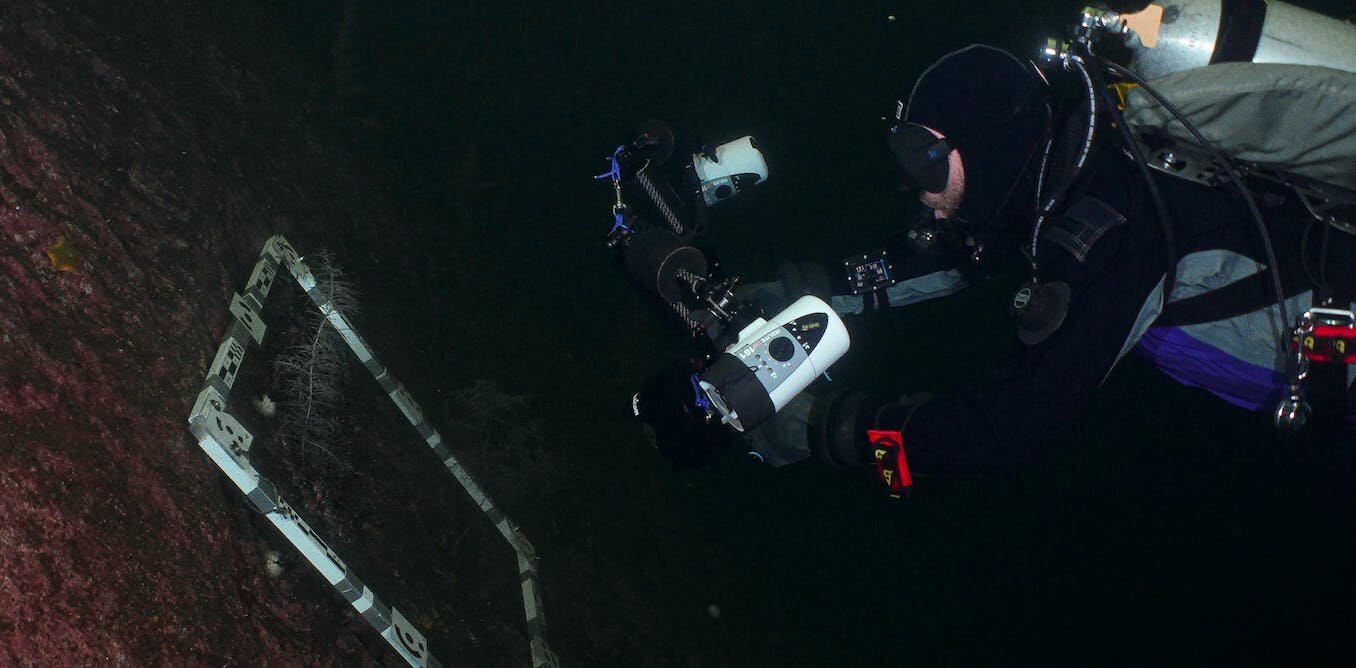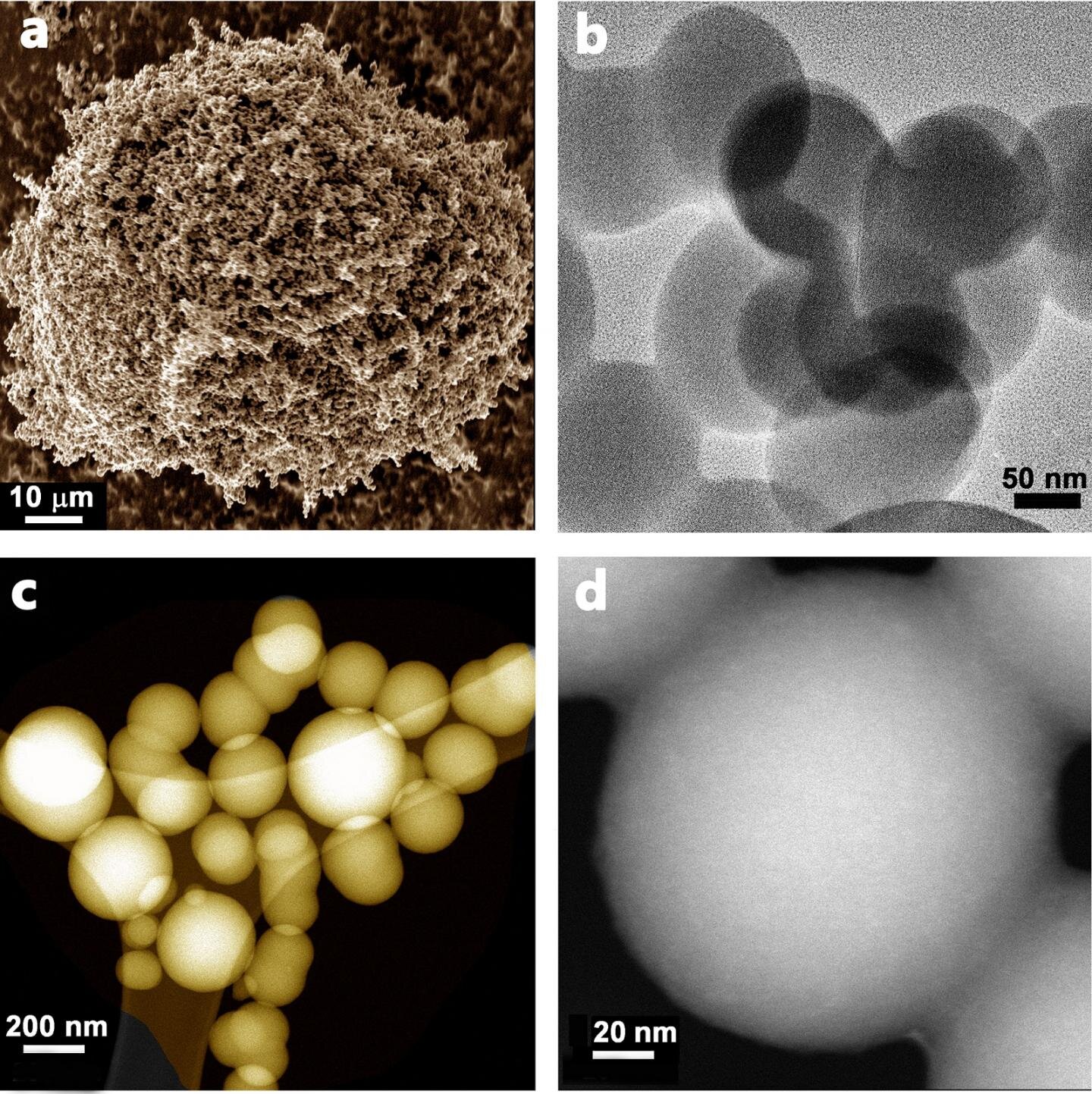#Venus plots a comeback

“#Venus plots a comeback”

In terms of space exploration, Mars is all the rage these days. This has left our closest neighbor, Venus—previously the most attractive planet to study because of its proximity and similar atmosphere to Earth—in the lurch. A new article in Chemical & Engineering News, the weekly newsmagazine of the American Chemical Society, highlights how scientists and space agencies are turning their eyes back toward Venus to learn more about its atmosphere and geology.
From the 1950s to the late 1980s, Venus was a favored planet for scientists to study, writes Associate Editor Sam Lemonick. From our vantage point here on Earth, its atmosphere looks similar to our own, but closer examinations from USSR and NASA missions revealed that the surface of Venus is over 450 C with an atmospheric pressure nearly 100 times that of Earth. This led researchers to pivot away from studying our closest planetary neighbor until the turn of the century. In more recent years, missions led by the European Union and Japan have revealed that Venus has much more complex atmospheric chemistry than previously thought. These findings have generated renewed interest from scientists, who believe further study of Venus could provide insights about the chemistry of planets far beyond our reach.
These new revelations have led space agencies to plan their next missions to Venus. The Indian Space Research Organization (ISRO) is planning an orbiter launch in 2024, and Russia’s Roscosmos is aiming for a lander mission in 2029. NASA, the European Space Agency, China and a private company are also mulling plans for their own trips. These missions will likely focus on the geology of Venus rather than its atmosphere, as modern technology will allow for greater insight into the surface of the planet. ISRO’s planned mission will use radar and infrared spectrometry to gather data over a four-year period. NASA’s two proposed missions would study Venus’s atmospheric chemistry and geochemistry, respectively. Experts advocating for renewed Venus missions say that the efforts will help scientists better understand planets in our own solar system and beyond, and could provide insights into the prevalence of life in the universe.
Making the case for slingshotting past Venus on the way to Mars
“What can we learn from Venus?”, cen.acs.org/physical-chemistry … rn-from-Venus/99/i11
Citation:
Venus plots a comeback (2021, March 31)
retrieved 31 March 2021
from https://phys.org/news/2021-03-venus-plots-comeback.html
This document is subject to copyright. Apart from any fair dealing for the purpose of private study or research, no
part may be reproduced without the written permission. The content is provided for information purposes only.
If you liked the article, do not forget to share it with your friends. Follow us on Google News too, click on the star and choose us from your favorites.
For forums sites go to Forum.BuradaBiliyorum.Com
If you want to read more Like this articles, you can visit our Science category.




